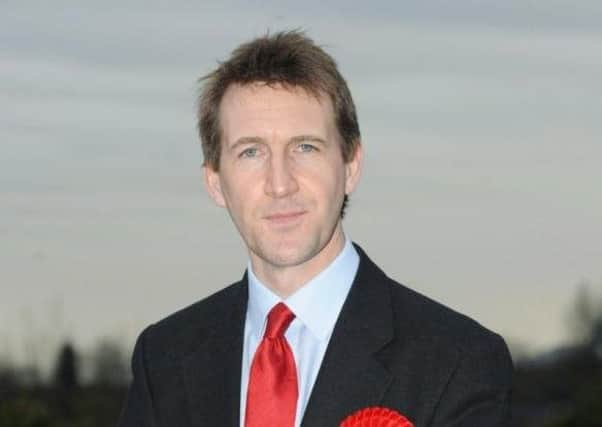Odds slashed on South Yorkshire MP Dan Jarvis to become next Labour leader


The former Paratrooper is one of the bookies favourites to take over after deputy leader Tom Watson told Mr Corbyn he faces a leadership challenge.
Mr Jarvis is 6/1 with Paddy Power to take the top job. Sheffield-born MP Tom Watson is the current favourite at 3/1.
Advertisement
Hide AdAdvertisement
Hide AdMr Corbyn has been rocked by many high profile resignations from both senior and junior members of his opposition front bench after the result of the EU Referendum.
In just 36 hours, 20 shadow cabinet members resigned after the initial sacking of Yorkshire MP Hilary Benn.
Mr Jarvis, a former army major, who served in both Iraq, Afghanistan and Kosovo, is seen as an ideal candidate to win votes back from the Conservatives.
He’s been Barnsley MP since 2011 - where 68 per cent of voters backed Brexit and a former mining area where Labour is losing working class support to Ukip.
Advertisement
Hide AdAdvertisement
Hide AdIt’s unclear if the South Yorkshire backbencher would want to challenge Mr Corbyn at this time.
Who gets to vote?
The Labour leadership election operates on a One Member One Vote (OMOV) system. Under the changes made by Ed Miliband in the wake of the 2014 Collins Report, party members - along with £3 paying supporters as well as affiliated supporters from Trade Unions - each get one vote.
Who can stand?
Candidates who have formally gained the support of at least 36 MPs.
How do you vote?
The actual leadership election is undertaken by Alternative Voting. Postal votes are sent to voters who are then required to place four candidates in order of preference.
How are votes allocated?
Advertisement
Hide AdAdvertisement
Hide AdIf no single candidate gains more than 50 per cent of votes in the first round, then the candidate who got the least first preference votes is eliminated and the second preference votes of their supporters are redistributed until one candidate gains a majority.